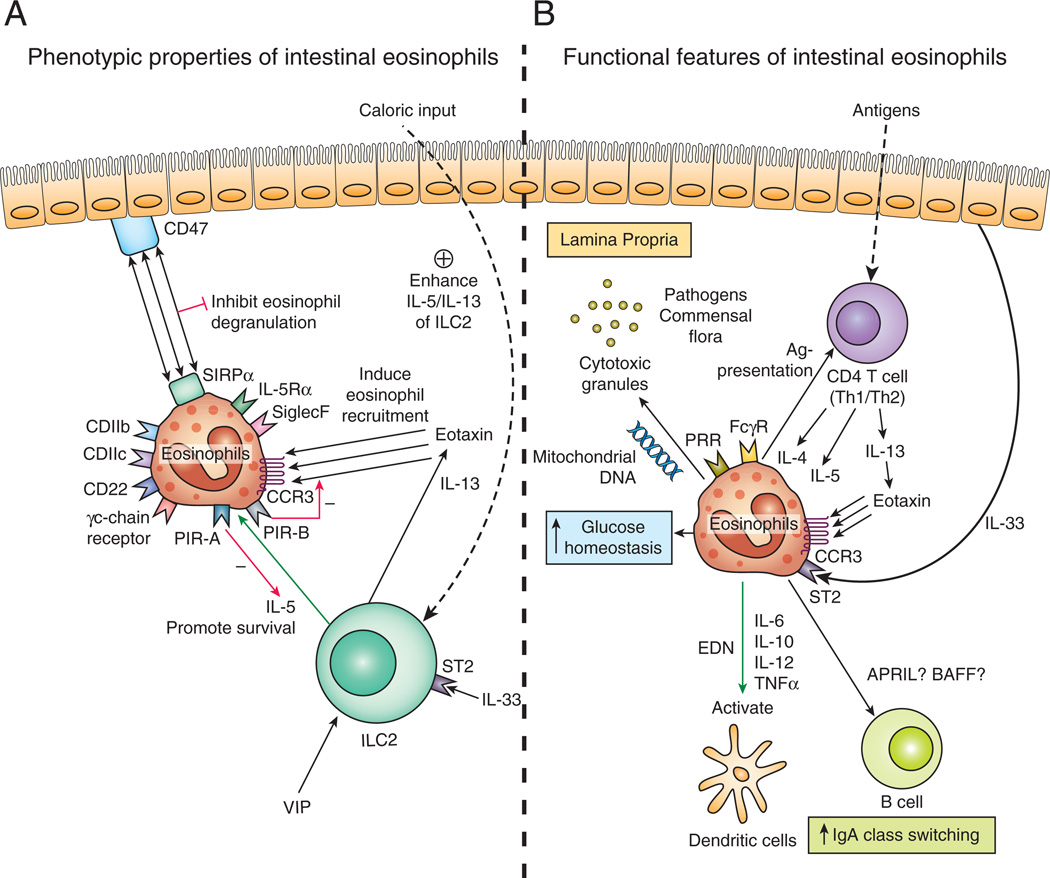Figure 1. Phenotypic and functional properties of gastrointestinal eosinophils.
(A) In healthy conditions, eosinophils develop in the bone marrow and migrate to the lamina propria of gastrointestinal tract by a process regulated by CCR3/eotaxin-1. IL-5 secreted by ILC2 and cytokine signaling through the γc-chain receptors increases the life-span of small-intestinal eosinophils. Coexpression of IL-5 and IL-13 by ILC2 is enhanced by nutrient uptake, VIP stimulation, and IL-33. Eosinophil SIRP-α inhibits degranulation by interaction with membranous protein CD47, thus promoting eosinophil survival. IL-5 and eotaxin signaling is regulated by the opposing actions of PIR-A and PIR-B.(B) Eosinophils express a broad range of pattern-recognition (PRR) and Fc gamma receptors (FcγR), allowing them to be stimulated by various pathogens including bacteria, virus, and antibody-coated pathogens including helminths. Cytoplasmic granules and eosinophilic mitochrondrial DNA secreted by gastrointestinal eosinophils mediate tissue pathology and particulate in host clearance of pathogens. Eosinophils stimulated by Th2 type cytokines and epithelium-derived IL-33 mediate tissue inflammation in a variety of primary eosinophilic gastrointestinal disorder. Eosinophils may also modulate T cell–mediated immune responses, IgA class switching, and glucose homeostasis.

